Beauty That Remains
Gothic revival limestone elements are flanked by trees in a courtyard outside the sanctuary of City Methodist Church in downtown Gary, Ind., Sunday, August 8, 2010.
In a recent visit to the ruins of Gary’s abandoned City Methodist Church, I was reminded yet again why this has quickly become one of my favorite places to explore through a lens. There is always something new to discover, even with less than a month since my previous visit. The structure continually melts away and morphs into more abstract forms, much like a sand castle gradually being eroded by the incoming tide. The man-made elements continue to fight a fleeting battle against mother’s nature’s unstoppable organic soldiers. Platoons of trees flank the north end of the sanctuary while troops of green ivy advance against the red bricks high overhead. The scars of war are ever increasing, and sadly, one day, the church will lose the fight. For groups of urban explorers from around the world, Gary’s City Methodist has proved to be one of the finest battle studies in existence.
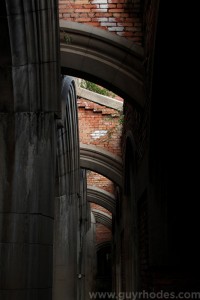 I wouldn’t call myself an urban explorer, per se. My introduction to this fascinating hobby of documenting “dead places” came only a few years ago while on a film shoot in an abandoned apartment building. With permission from the owners to occupy the structure, I felt totally at ease with exploring every inch of peeling paint and rotting wood within the two-flat in Gary’s Midtown neighborhood. I spent just as much time documenting the decay with my still camera as I did setting up lights for our actual shoot!
I wouldn’t call myself an urban explorer, per se. My introduction to this fascinating hobby of documenting “dead places” came only a few years ago while on a film shoot in an abandoned apartment building. With permission from the owners to occupy the structure, I felt totally at ease with exploring every inch of peeling paint and rotting wood within the two-flat in Gary’s Midtown neighborhood. I spent just as much time documenting the decay with my still camera as I did setting up lights for our actual shoot!
Since that time, I’ve been fortunate to embark on film shoots in several other abandoned buildings, including Gary’s Union Station, and of course, Gary’s City Methodist Church. Union Station was used for a short film entitled The Firing Squad, while City Methodist was used for a music video shoot for gospel artist Dwayne Coleman (both of these projects are featured in my video gallery here on my web site). Most recently, I featured a portrait shoot here on my blog that I did in City Methodist’s Seaman Hall, a large auditorium on the campus adjacent to the sanctuary.
While researching my growing fascination with urban exploring, I stumbled upon what has become one of my favorite web sites devoted to this creative sport, Opacity. Run by 30-year-old graphic designer Tom Kirsch, the Opacity web site features galleries from hundreds of dead places from around the world. I wasn’t surprised when Gary’s City Methodist (which I’ve started to dub as the “gem of abandoned buildings” in the entire Chicagoland area) was recently added to Opacity’s galleries. What really thrilled me was an additional set of archival photos posted from the church throughout its life, allowing me to finally see what much of the campus looked like when it was polished and new.
A view of what once was: Looking east to the altar of City Methodist Church in this undated photo via opacity.us. Note the curious placement of the pews surrounding the large columns in the sanctuary. According to a church directory from 1967, this was caused by an oversight on the actual size of the lot that the church was to be built on, causing the sanctuary to be much narrower than originally planned.
A view of what remains today: Looking west towards the choir loft where the black and white photo was likely shot from. The pews, save for a few end sections, are completely gone. The large pieces of plywood on the floor were laid down to cover gaping holes by the crew of the Nightmare on Elm Street film, who shot on location at City Methodist in the spring of 2009.
Sunlight through windows looking out to the courtyard.
A section of one of the few doors on the campus still hanging by its hinges.
A section of the Post-Tribune (the newspaper I currently freelance for) from April 10, 1964.
Ivy hugs the brick walls more than 50 feet above the sanctuary floor.
A door to the third-floor gymnasium (above), along with a view of what remains of the roof over the gymnasium itself (below, at left).
As I looked through the historic photos of City Methodist depicting parishioners painstakingly washing windows, along with children smiling in their costumes on the Seaman Hall stage, I looked to my left to see my cameras sitting on my desk, still filthy from yesterday’s shoot at the church. Their straps, covered in pulverized plaster dust which coats much of the floor in the entire complex, reminded me of how radically the structure has aged since those that cared so much slowly went away. I often wonder how those people who loved City Methodist would react if they could walk in the sanctuary and see it as it exists today. Would they be angry? Would they shed a tear? Would they simply turn their backs and leave, unable to deal with what has become of their home?
Until City Methodist inevitably loses its battle with mother nature, a new group – the adventurous urban explorers -







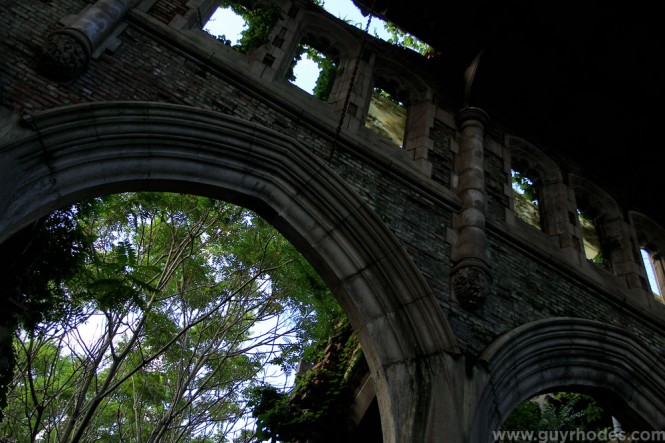
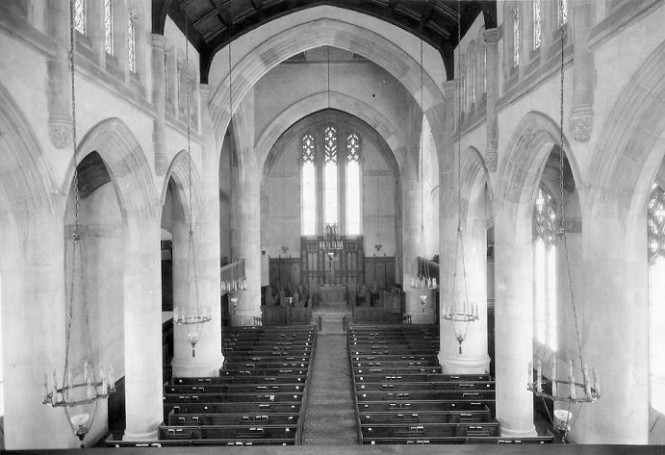
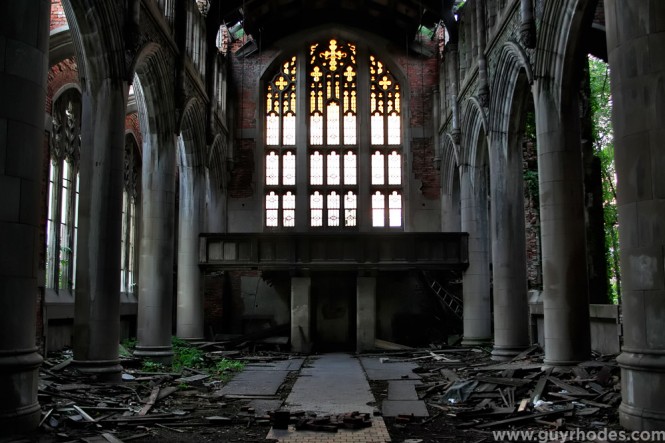
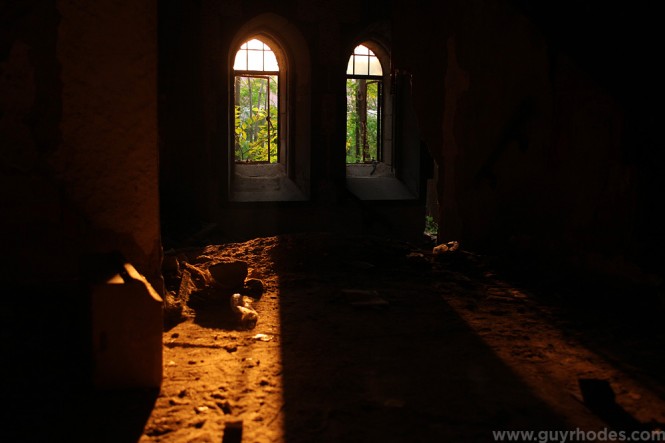
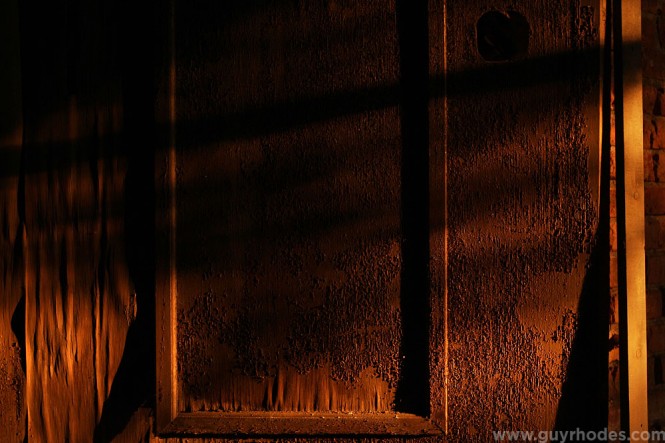
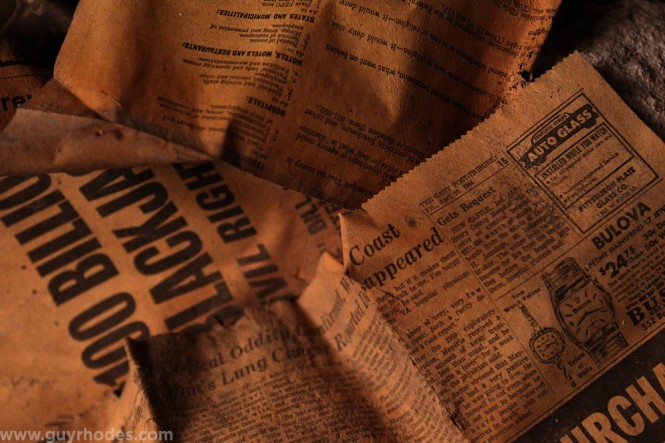
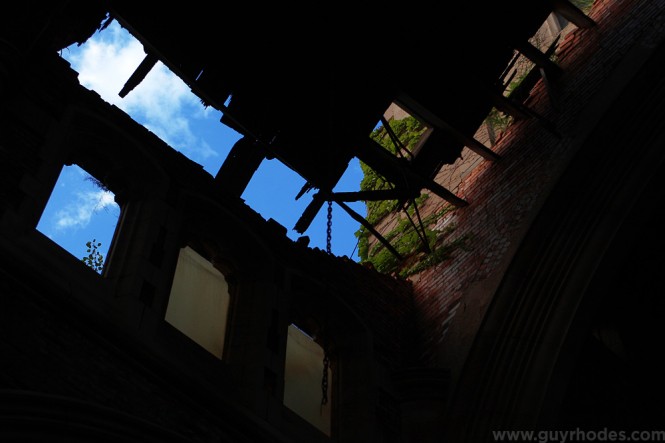
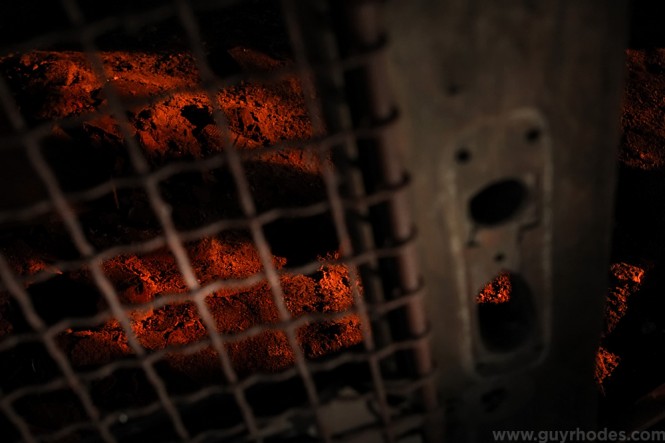
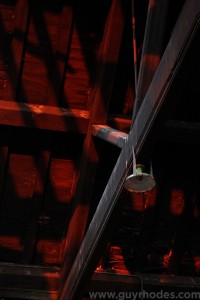
I guess I can say your photos are a beautiful tragedy.
Do you need permission to shoot here? Looks like a great place make some photos.
City Methodist Church is amazing on so many levels
its such a shame such a beautiful structure deteriorated, but it makes for some really nice photos!